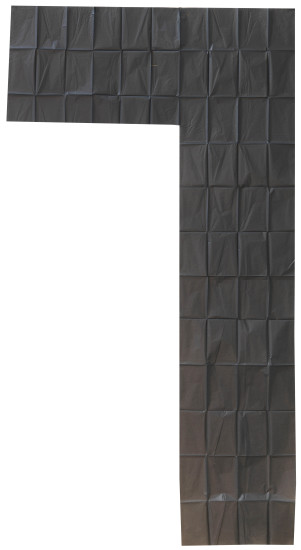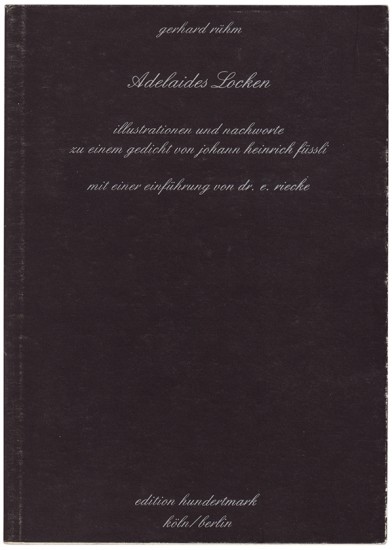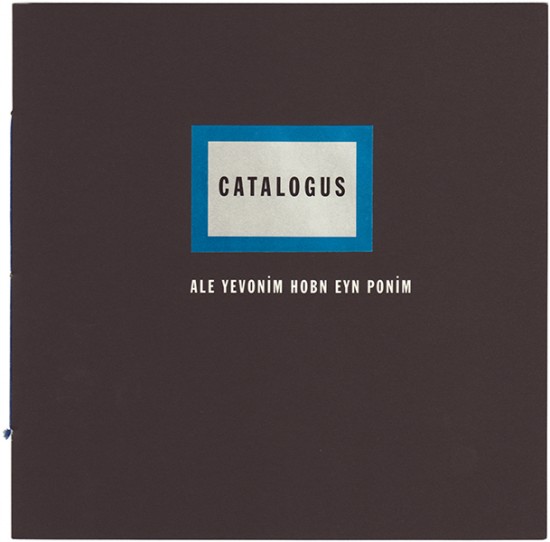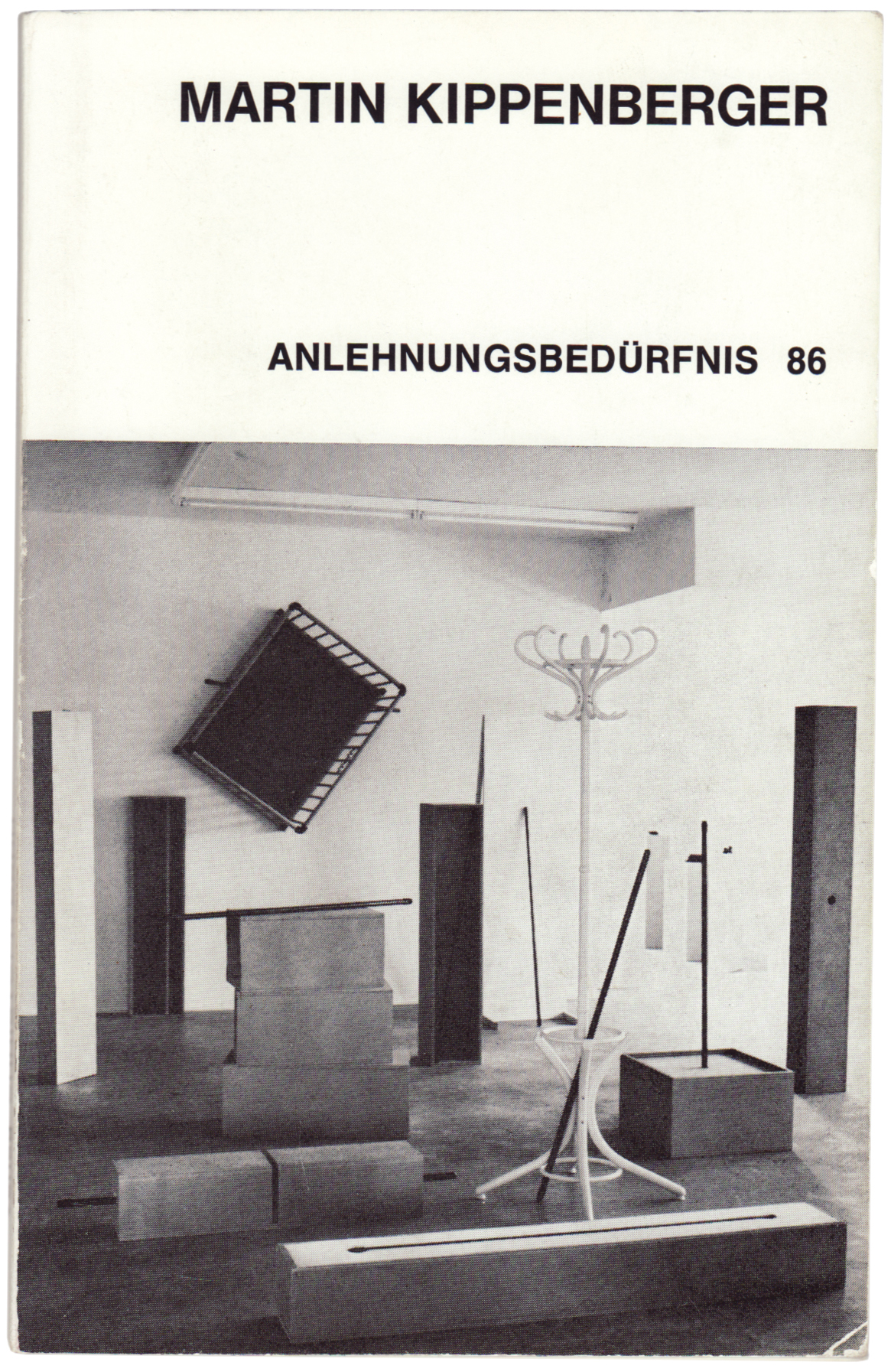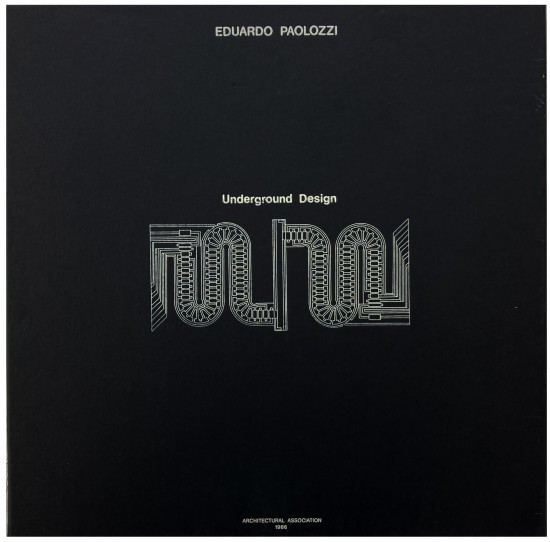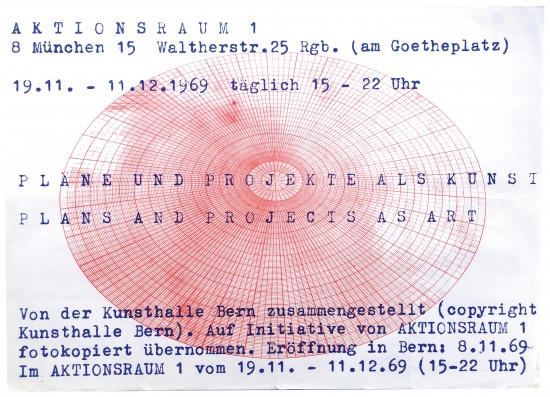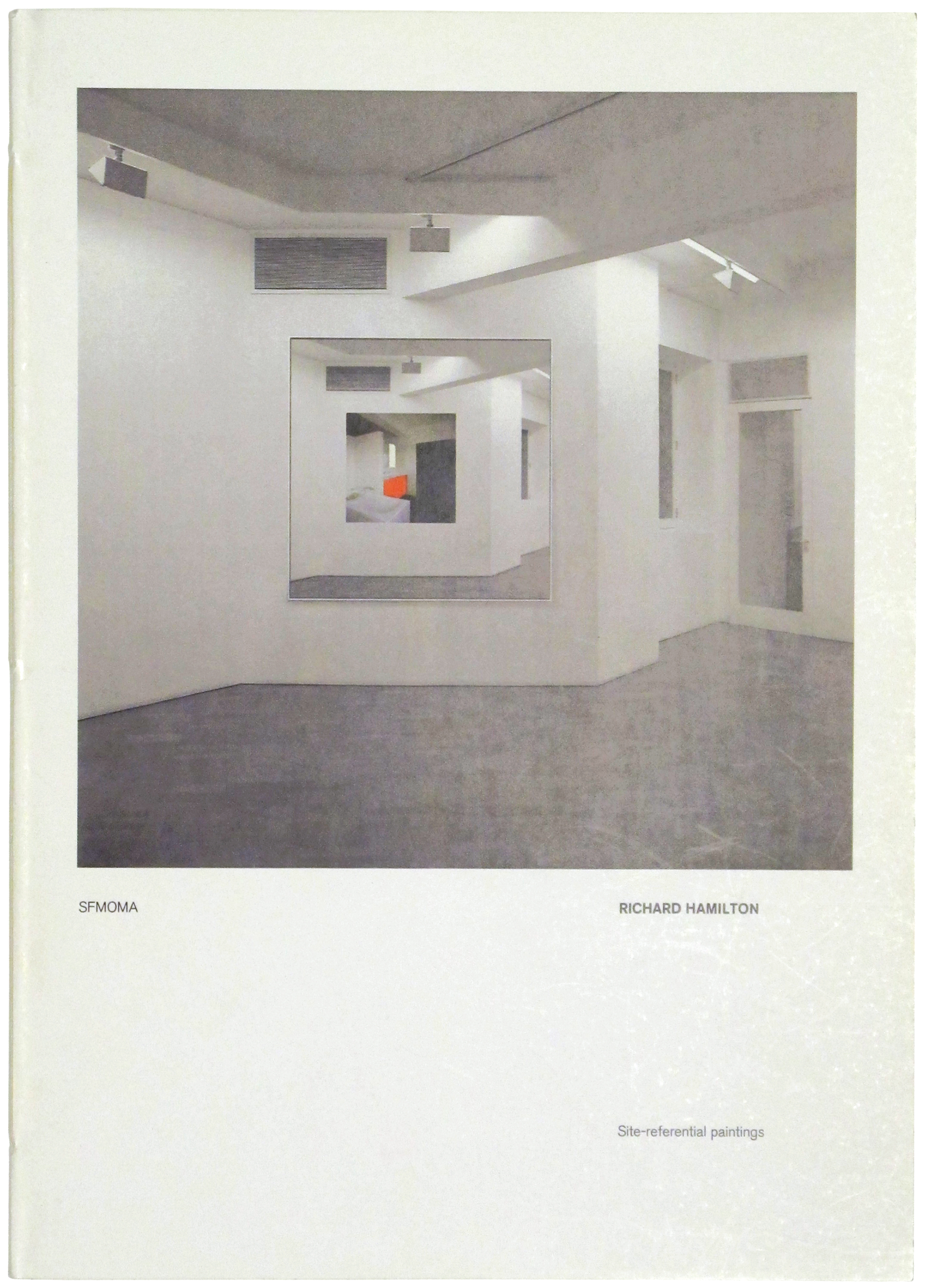Instructions / Istruzioni / Anleitung / Mode d'Emploi / Instrucciones / 指示
Stingel, Rudolf ®
(Milan). (Nava web ... for Italiana di Comunicazione). 1989
Rudolf Stingel's very scarce multilingual artist book / 'how to' manual detailing the creation of one of his own works.
Published to coincide with Stingel's first exhibition in 1989 at the Massimo de Carlo Gallery, Milan, the artist book 'Instructions / Istruzioni / Anleitung / Mode d'Emploi / Instrucciones / 指示', does just that, comprising a detailed step-by-step manual for the creation of one of the works shown in the exhibition. The steps are outlined in the various languages of the title (i.e. English, Italian, German, French, Spanish and Japanese) as per any instruction manual with all details keyed to the pictorial key of required ingredients and equipment printed to the inside of the front wrapper flap. The banality of Stingel's presentation highlights the subversive question at the heart of the work: why - and how - does Stingel's work differ from a work created by another using exactly the same methodology?
'Instructions, Istruzioni [...]' constituait une riposte à la fétichisation de la “main de l’artiste”, posant la question du statut de l’œuvre d’art : pourquoi une peinture créée par Stingel lui-même aurait-elle davantage de valeur qu’une toile résultant d’un procédé rigoureusement identique, mais réalisée par quelqu’un d’autre?' (Fondation Beyeler).
'Stingel's feat was to reverse Walter Benjamin's theory [concerning the loss of authenticity and authorship in mechanical reproduction], creating a chance to teach the mechanics of producing the aura of his artworks. He erased the very idea of the copy because every painting, following his instructions, would have come out as a true original ... '. (Francesco Bonami).
'Instructions / Istruzioni / Anleitung / Mode d'Emploi / Instrucciones / 指示' is scarce in commerce and in institutions: we can locate no copies at auction and only four copies in institutions: 2 in Austria and one each in Germany and Switzerland. Stingel also produced a silkscreen diptych from pages of the book, issued in an edition of five.
[see Francesco Bonami's 'Rudolf Stingel', 2007, pg. 18].
Published to coincide with Stingel's first exhibition in 1989 at the Massimo de Carlo Gallery, Milan, the artist book 'Instructions / Istruzioni / Anleitung / Mode d'Emploi / Instrucciones / 指示', does just that, comprising a detailed step-by-step manual for the creation of one of the works shown in the exhibition. The steps are outlined in the various languages of the title (i.e. English, Italian, German, French, Spanish and Japanese) as per any instruction manual with all details keyed to the pictorial key of required ingredients and equipment printed to the inside of the front wrapper flap. The banality of Stingel's presentation highlights the subversive question at the heart of the work: why - and how - does Stingel's work differ from a work created by another using exactly the same methodology?
'Instructions, Istruzioni [...]' constituait une riposte à la fétichisation de la “main de l’artiste”, posant la question du statut de l’œuvre d’art : pourquoi une peinture créée par Stingel lui-même aurait-elle davantage de valeur qu’une toile résultant d’un procédé rigoureusement identique, mais réalisée par quelqu’un d’autre?' (Fondation Beyeler).
'Stingel's feat was to reverse Walter Benjamin's theory [concerning the loss of authenticity and authorship in mechanical reproduction], creating a chance to teach the mechanics of producing the aura of his artworks. He erased the very idea of the copy because every painting, following his instructions, would have come out as a true original ... '. (Francesco Bonami).
'Instructions / Istruzioni / Anleitung / Mode d'Emploi / Instrucciones / 指示' is scarce in commerce and in institutions: we can locate no copies at auction and only four copies in institutions: 2 in Austria and one each in Germany and Switzerland. Stingel also produced a silkscreen diptych from pages of the book, issued in an edition of five.
[see Francesco Bonami's 'Rudolf Stingel', 2007, pg. 18].
[12 unnumbered leaves]. 8vo. (209 x 149 mm). Leaf with title with artist's name, verso and following leaves with 12 repeated pictorial spreads with explanatory text in six sections divided by language, two spreads per language (English, Italian, German, French, Spanish and Japanese), each with orange border to the right-hand outer margin of the first spread with language in black and each making use of the key image printed to the inner side of the front wrapper; printed text in various languages throughout with monochrome photographic reproductions of images by Santi Caleca, images and text with key numbers in orange. Original publisher's orange printed wrappers stapled as issued, titles to front cover in black with credits to rear cover, front cover with flap with illustration to inner side, final page of contents to inner side of rear wrapper.
#47691




